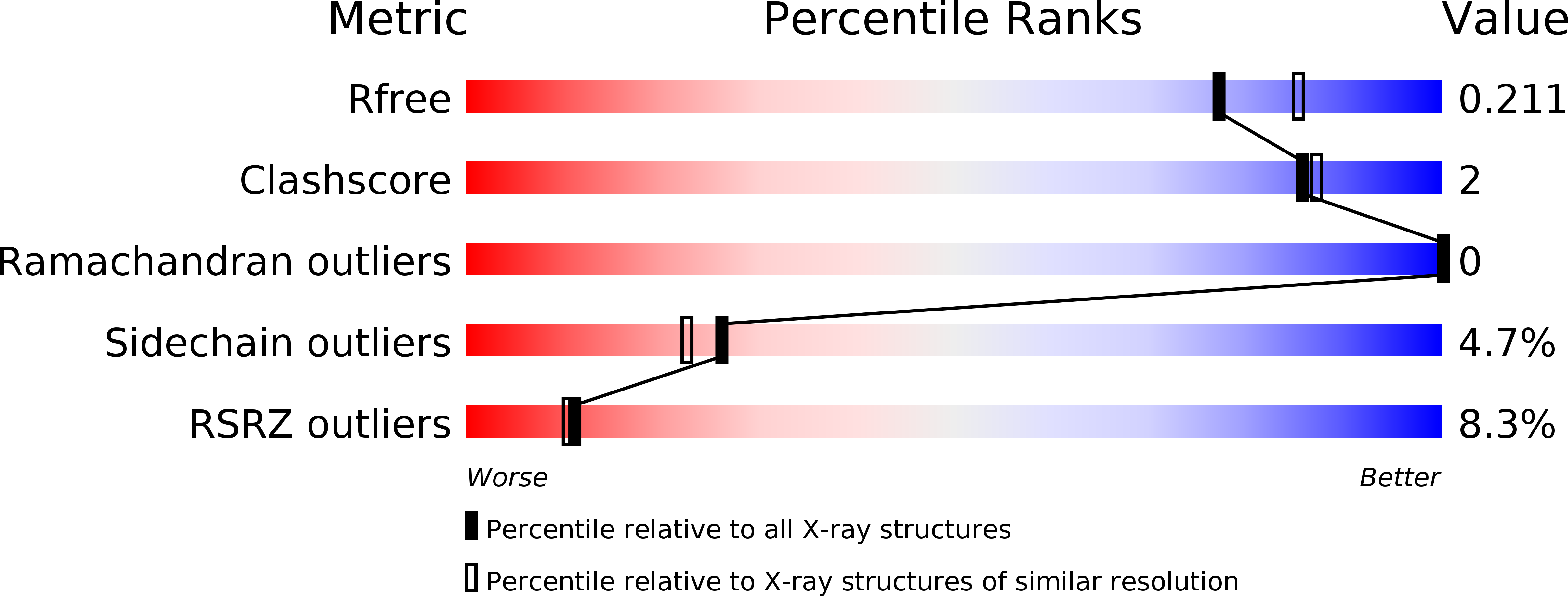
Deposition Date
2010-06-28
Release Date
2011-06-08
Last Version Date
2023-11-22
Entry Detail
PDB ID:
3NP9
Keywords:
Title:
Glycogen phosphorylase complexed with 3-(beta-D-glucopyranosyl)-2-hydroxy-5-methoxy-chlorobenzene
Biological Source:
Source Organism:
Oryctolagus cuniculus (Taxon ID: 9986)
Method Details:
Experimental Method:
Resolution:
2.00 Å
R-Value Free:
0.21
R-Value Work:
0.19
R-Value Observed:
0.19
Space Group:
P 43 21 2


